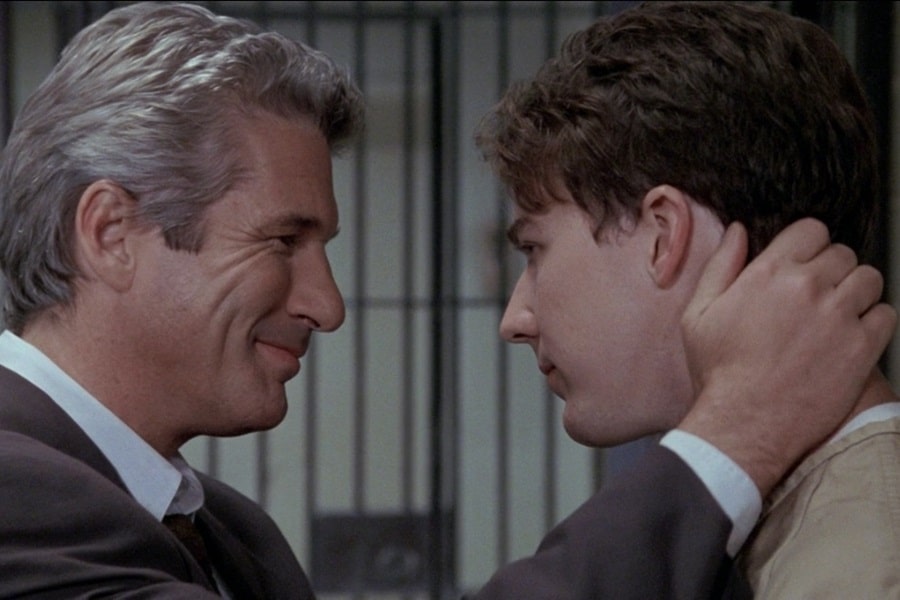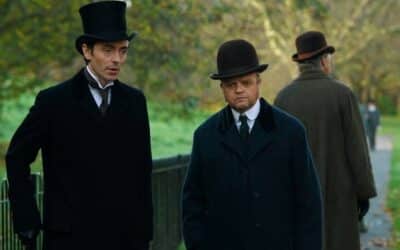
How to Hide your Culprit
Crafting the perfect mystery isn’t just about weaving a web of intrigue and suspense. It’s also about the art of misdirection, a skill that some of the greatest literary and cinematic minds have mastered. Let’s embark on a journey through the annals of mystery and crime fiction to uncover how the best in the business have hidden their culprits in plain sight, without resorting to clichés or the usual suspects.
One timeless tactic is the use of the ‘unreliable narrator.’ This device has been employed to great effect in literature, keeping audiences guessing until the final reveal. Consider the case of Agatha Christie’s “The Murder of Roger Ackroyd,” where the narrator, who is also the murderer, uses sleight of hand in storytelling to mislead the reader. This technique challenges the audience’s perceptions, making them question the reliability of the storyteller.
Another approach is the ‘seemingly innocuous character.’ This character often appears unassuming, blending into the background. Yet, as the story unfolds, their true nature is revealed, catching the audience off guard. A classic example is the mild-mannered pharmacist in Flannery O’Connor’s “A Good Man is Hard to Find.” His unremarkable demeanor initially deflects suspicion, only to shock readers with a dark turn.
Then there’s the ‘hidden in plain sight’ method, where the culprit is a prominent character whose guilt seems too obvious to be true. This technique plays on the audience’s expectations, leading them to overlook the character because they seem too apparent a choice. Think of the charismatic leader in “The Secret History” by Donna Tartt, whose overtly suspicious behavior is initially dismissed by readers as too blatant to be genuine.
Screen adaptations have also masterfully employed these techniques. The art of camouflage in plain sight was brilliantly showcased in the movie “Primal Fear,” where a seemingly traumatized and innocent character is eventually revealed as the mastermind. The film plays on the audience’s sympathies, using them to mask the character’s true nature.
The ‘red herring’ is another tool often used to distract and mislead. By introducing seemingly important clues or characters that are ultimately irrelevant, writers can lead audiences down a rabbit hole, away from the true culprit. Alfred Hitchcock, known as the master of suspense, frequently used red herrings to great effect in his films, keeping audiences on their toes and guessing wrongly.
Sometimes, the setting itself serves as a cloak for the culprit. In “The Hound of the Baskervilles” by Sir Arthur Conan Doyle, the bleak, foggy moors of England create an atmosphere of mystery and fear, obscuring the villain’s identity and motives until the very end.
But it’s not just about the who; the how also plays a crucial role in concealing the culprit. The intricate plotting in “The Westing Game” by Ellen Raskin involves a complex web of clues and false leads that keep the reader engrossed and puzzled. The complexity of the plot itself acts as a smokescreen, hiding the culprit until the opportune moment.
Another technique is the ‘layered mystery,’ where multiple smaller mysteries build up to the main revelation. This method is seen in “The Name of the Rose” by Umberto Eco, where a series of mysterious events at a medieval monastery distract from the main mystery, effectively hiding the culprit amid a maze of red herrings and dead ends.
Character transformation is yet another effective disguise. In “Mystic River” by Dennis Lehane, characters evolve throughout the story, revealing different facets of their personalities. This transformation keeps the audience guessing about their true nature and intentions, effectively masking the real perpetrator.
Lastly, the ‘twist ending’ serves as the final flourish in hiding the culprit. A well-executed twist can turn the entire narrative on its head, revealing that the least likely character was responsible all along. This technique, seen in the movie “The Sixth Sense,” relies on the element of surprise to conceal the truth until the very last moment.
The art of hiding a culprit in plain sight is a delicate balancing act. It requires a deft hand to plant clues, craft engaging characters, and lead the audience astray, all while keeping the final reveal both surprising and satisfying. These examples from literature and film demonstrate the diverse ways in which this can be achieved, each offering a unique spin on the classic mystery narrative. The key lies in understanding human psychology, playing on expectations, and always staying one step ahead of the audience.
In the realm of mystery and crime fiction, the thrill of the chase and the shock of the unexpected are what keep audiences coming back for more. The ability to masterfully hide a culprit in plain sight is what separates the good mystery writers from the greats. Whether through clever narrative devices, complex plotting, or psychological manipulation, the art of misdirection remains a cornerstone of this genre, captivating and bewildering audiences in equal measure.
Similar Features
On the Hunt for a Mystery
How to Select Your Next Mystery Book
Querying a Mystery
How to Write a Query Letter That Won’t Get You Ghosted
Crafting the Character
Creating Characters as Mysterious as Your Plot



